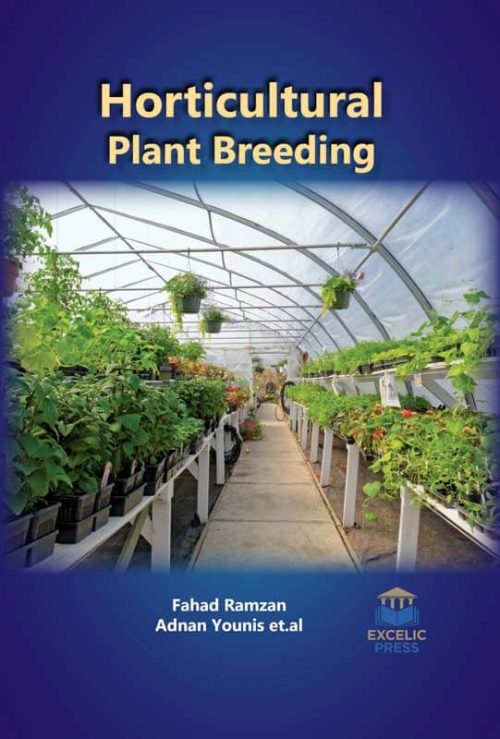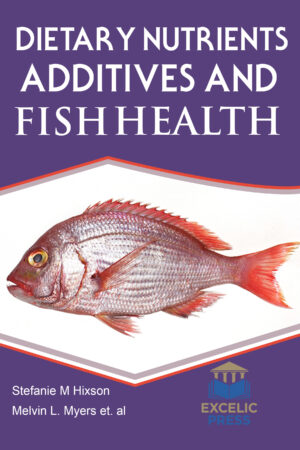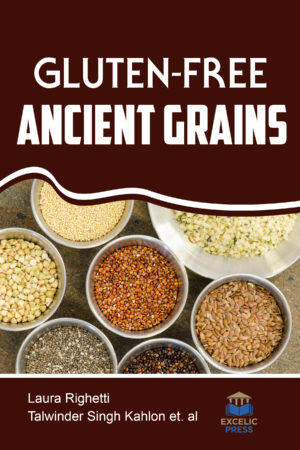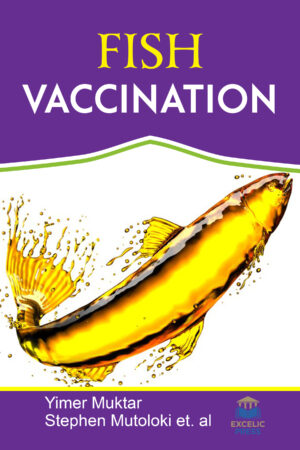Description
In-plant genomic sciences, since the mid-1950s, various molecular cytogenetic approaches have been developed for chromosome research. Since Mendelian genetics that guides about the genetic movement of the chromosome from generation to generation, scientific techniques for chromosome observation have meliorated significantly. Transgenic plant breeding thus provides genetically increased seed embedded technology that contributes to integrating pestered management in the husbandry by reducing chemical sprays still as rising food safety by minimizing chemical residues. What is more, herbicide-tolerant transgenic crops will facilitate reducing plow in fields, thereby saving fuel due to less tractor use that additionally protects the structure of the soil by reducing its erosion. Transgenic vegetable and fruit crops may create necessary contributions to property vegetable production and for a lot of nutrients and healthy food. Molecular cytology techniques, like in place crossbreeding strategies, area unit admirable tools to research the genomics structure and performance, body constituents, recombination patterns, alien sequence retrogression, genome evolution, aneuploidy, and condition and also genome constitution visual image and chromosome discrimination from completely different genomes in allopolyploids of assorted agriculture crops.
This book presents cutting-edge techniques and comprehensive resources for the development of new cultivars or clones of horticultural crops. First, the book intends to report the applications and advancements of the GISH technique on the genome of horticultural crops. In situ hybridization by genomic DNA (GISH) is an approach to identify alien chromosomes as well as chromatin and chromosomal rearrangements, which is formed due to mosaic chromosomes. Genome constitution visualization and chromosome discrimination from different genomes in allopolyploids are carried out by GISH practices. Vegetables and fruits are grown worldwide and play an important role in human diets because they provide vitamins, minerals, dietary fiber, and phytochemicals.
This book highlights advances in breeding transgenic vegetables and fruits, and issues affecting their use, as illustrated by the case studies of tomato, potato, eggplant, squash, sweet corn, papaya, plum and banana and by the contribution of transgenic vegetables and fruits to more nutritious and healthy food. It follows with recent advances and new prospects of apple whole-genome sequences and genetic transformation in citrus. Finally, the book closes with molecular breeding of water lily. Water lilies are rich in both economic and cultural values. They grow into aquatic herbs and are divided into two ecological types: tropical and hardy. Although tropical water lilies have more ornamental and medicinal values compared to the hardy water lily, the study and utilization of tropical water lilies in both landscaping and pharmaceutical use are greatly hindered due to their limited planting area. Currently, crossbreeding is a major technique for breeding novel water lilies. This is partly due to the unavailability of the water lily genome and the limited molecular information.
The book will serve as a valuable guide for crop breeders, plant scientists, and academicians dealing with crop improvement and genetic resources.





